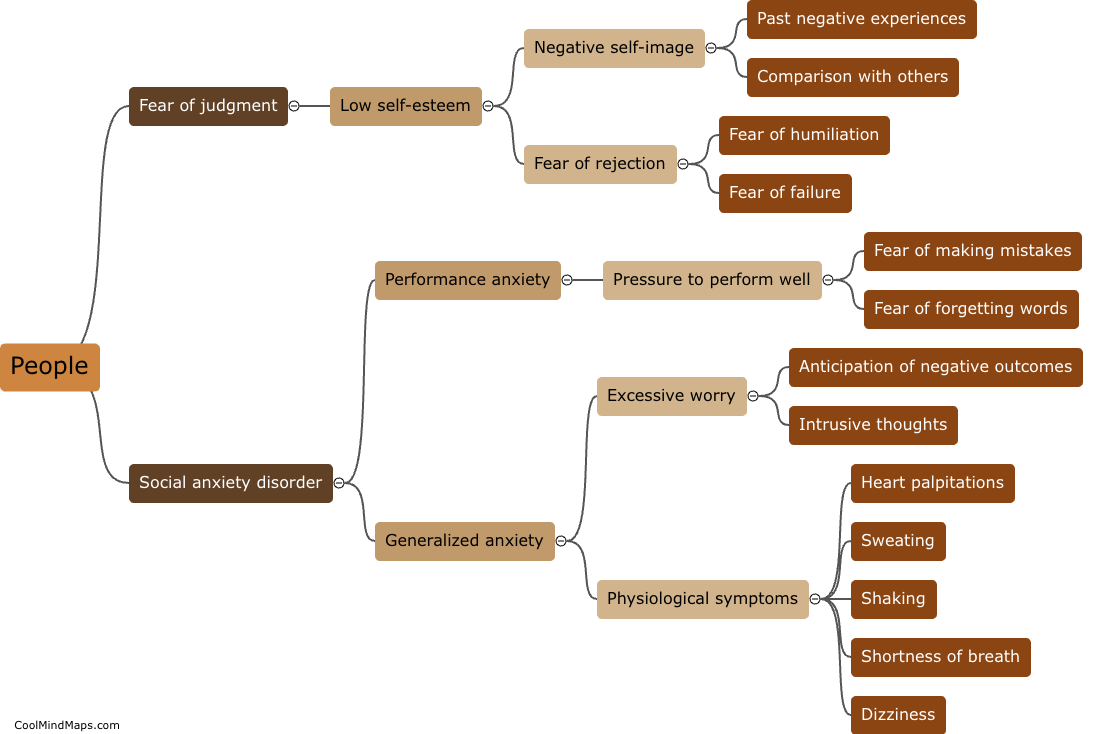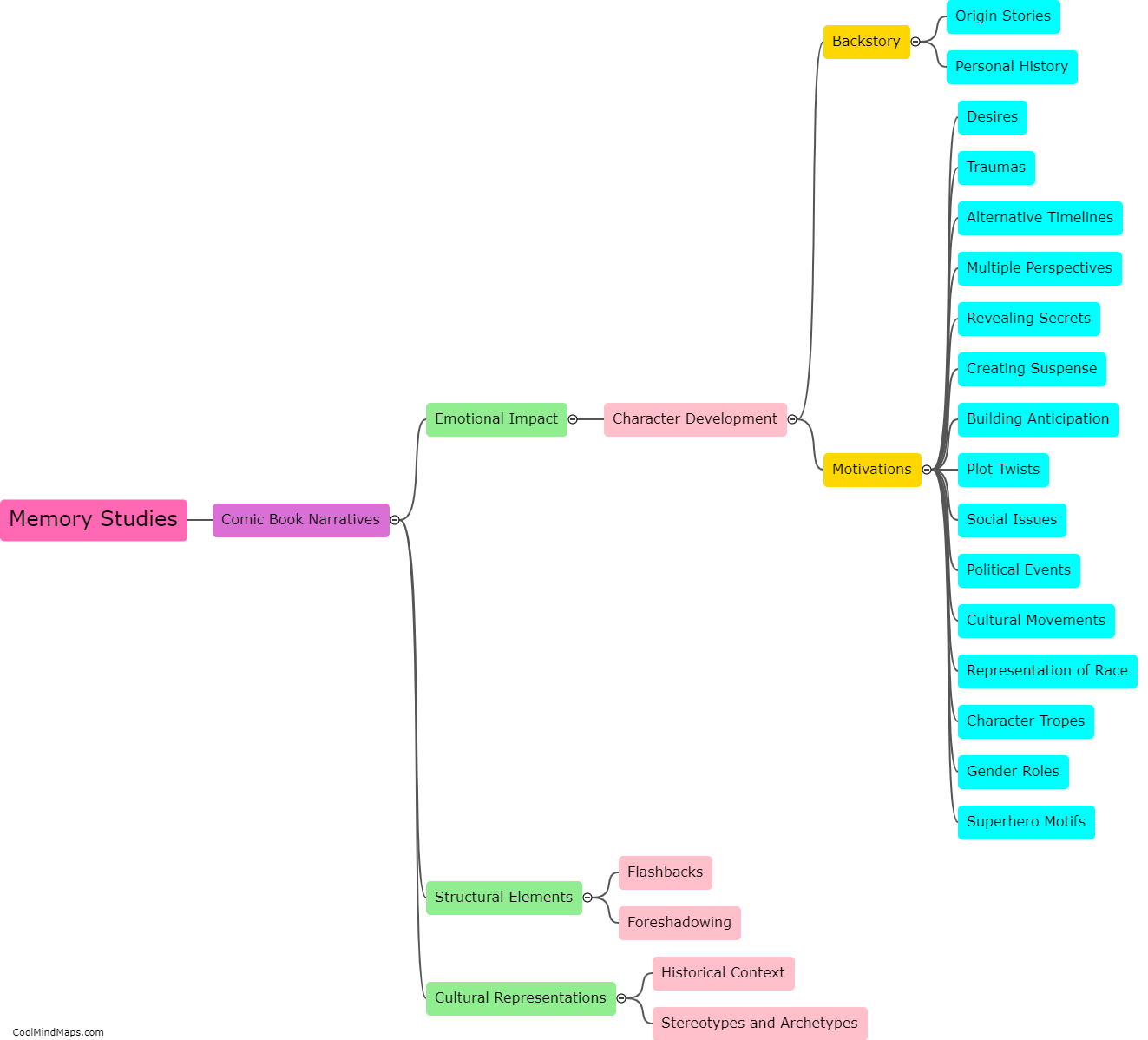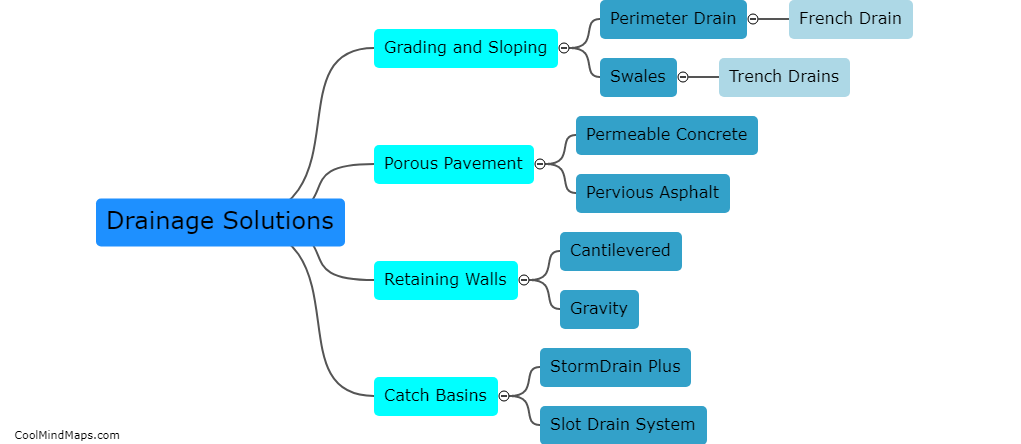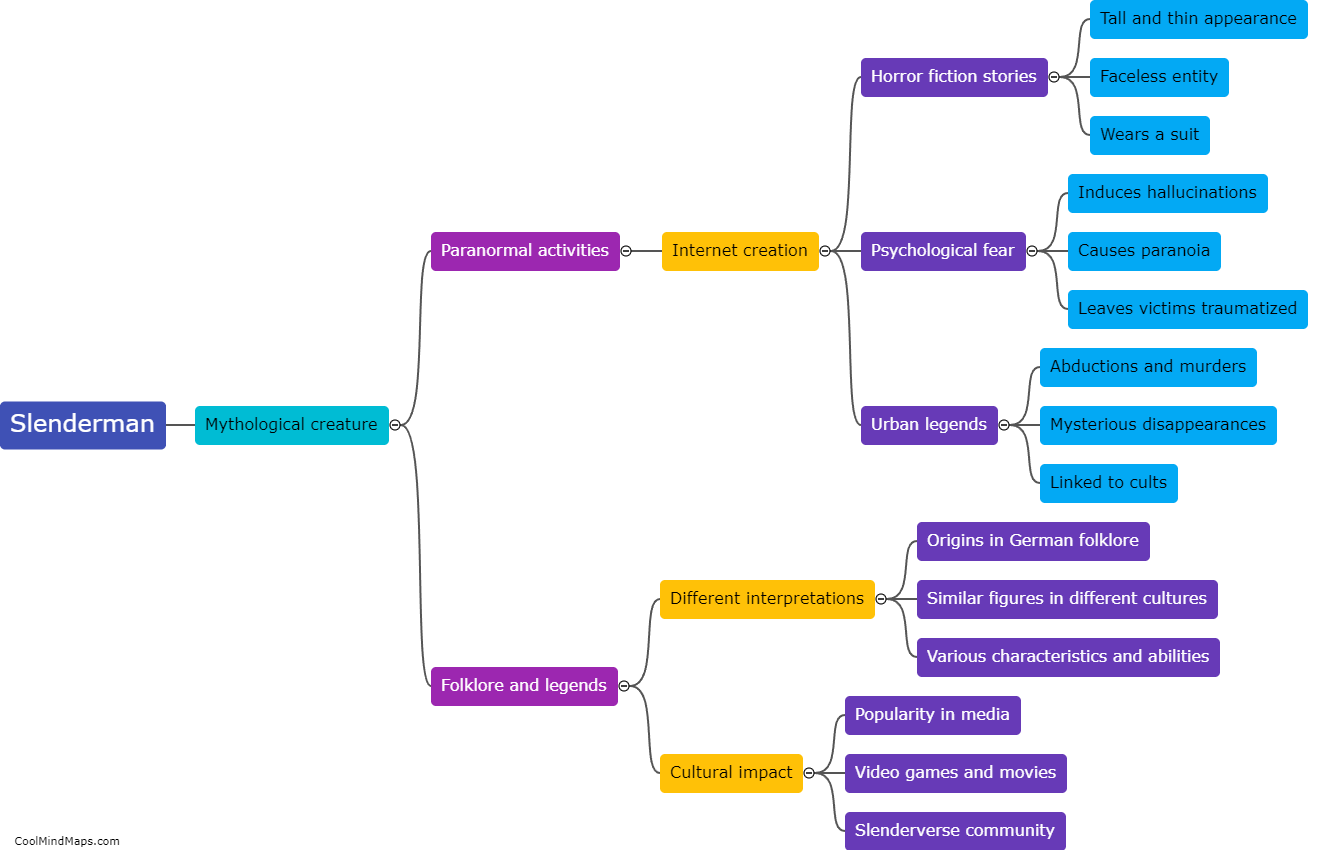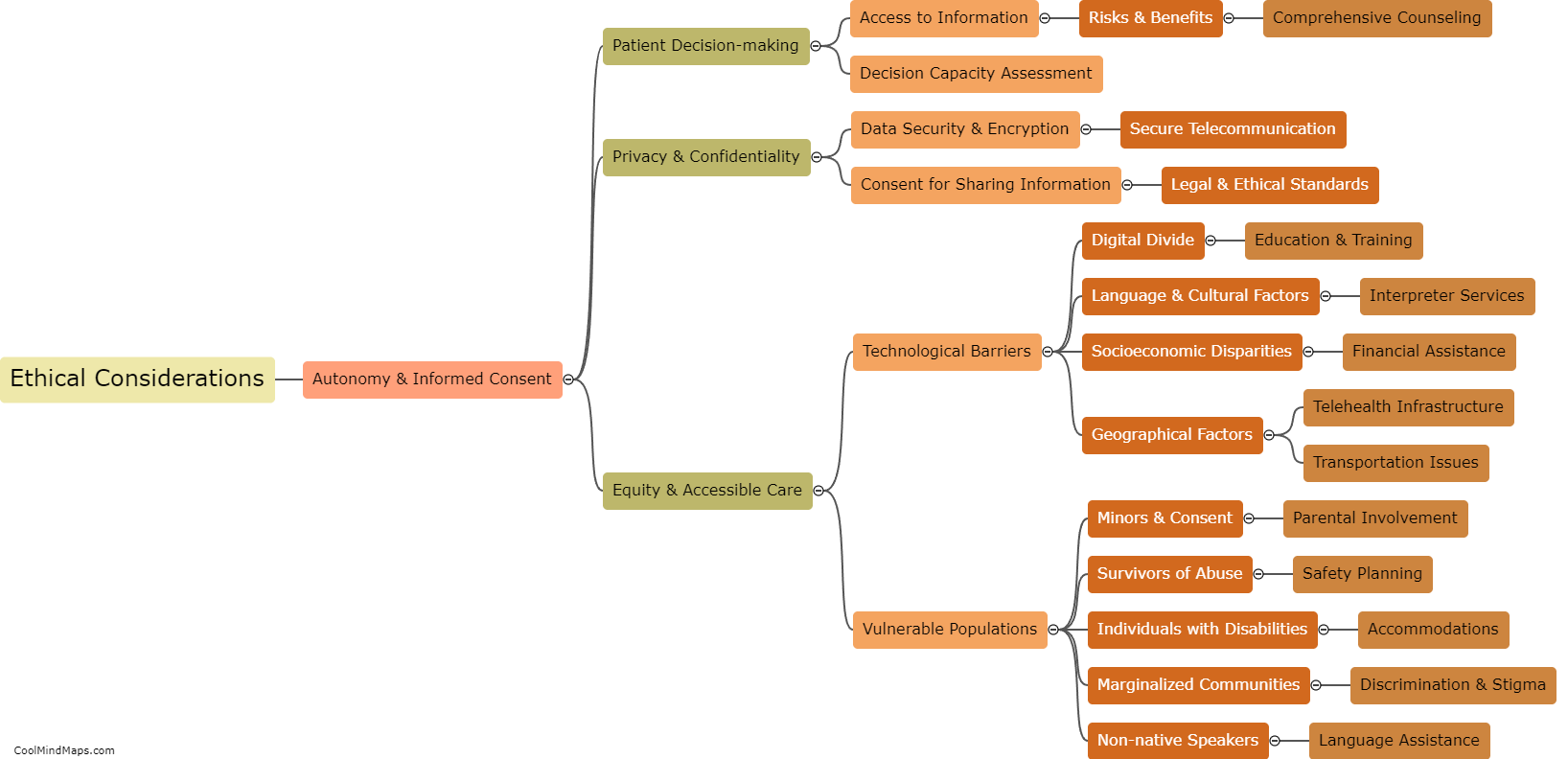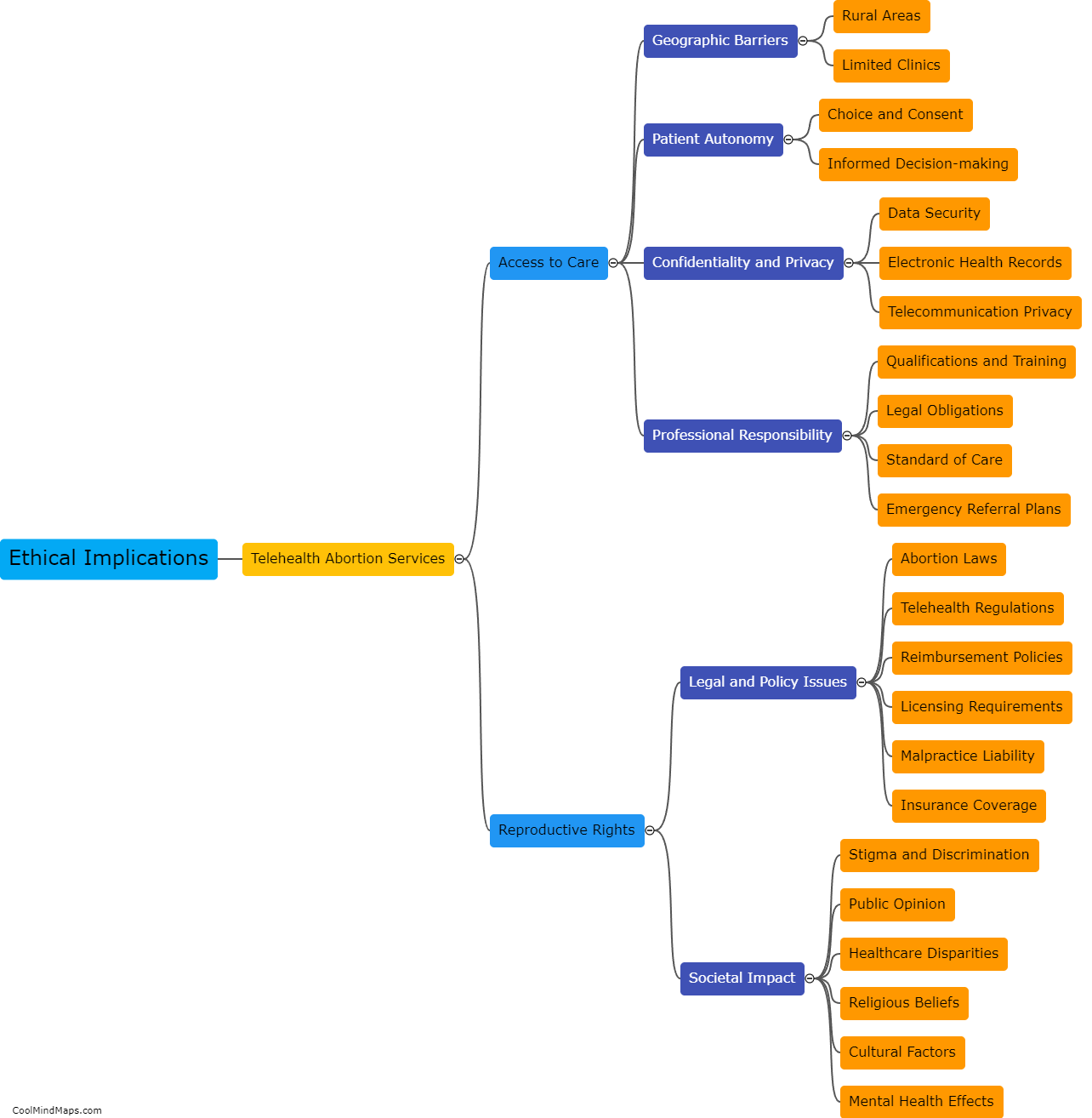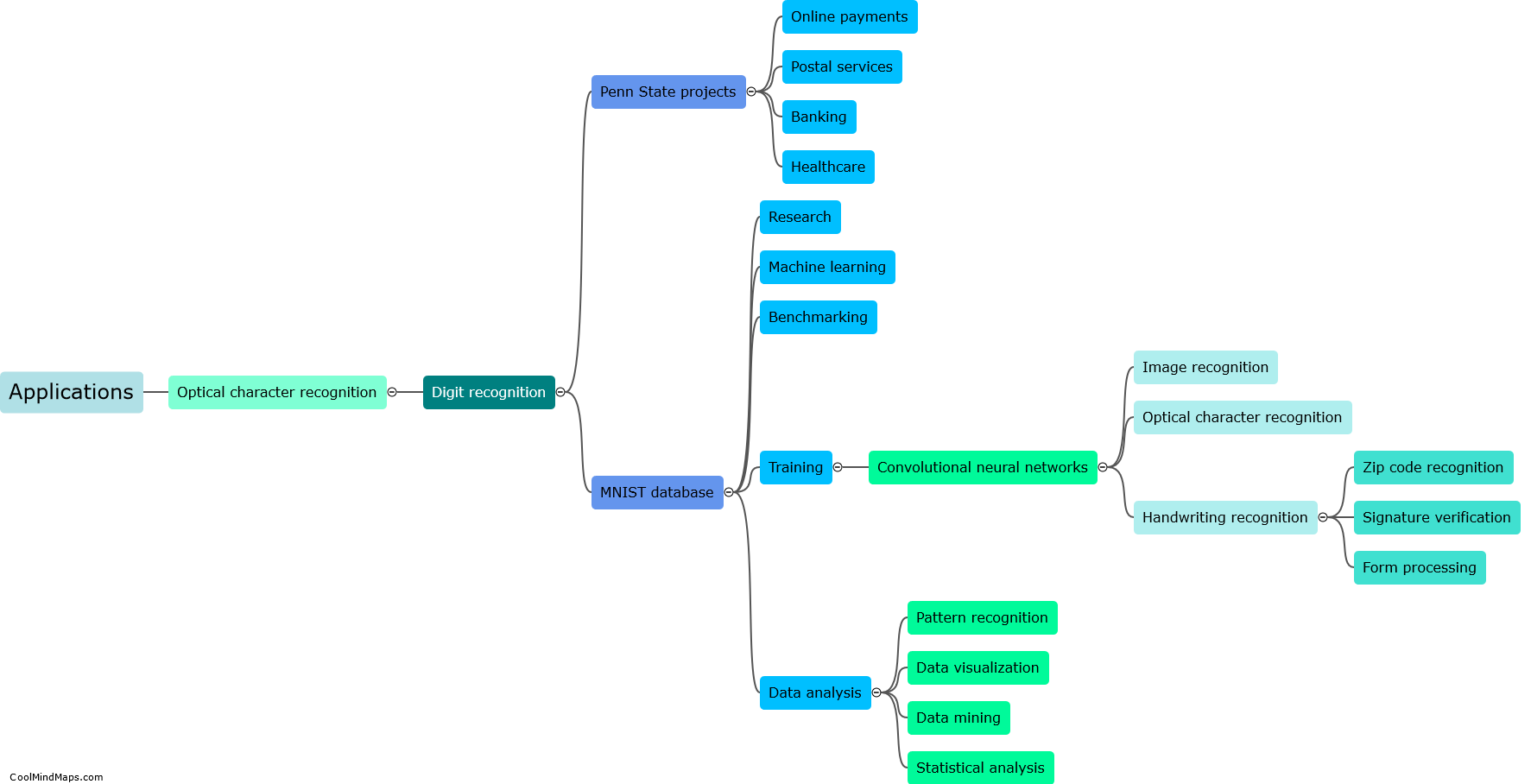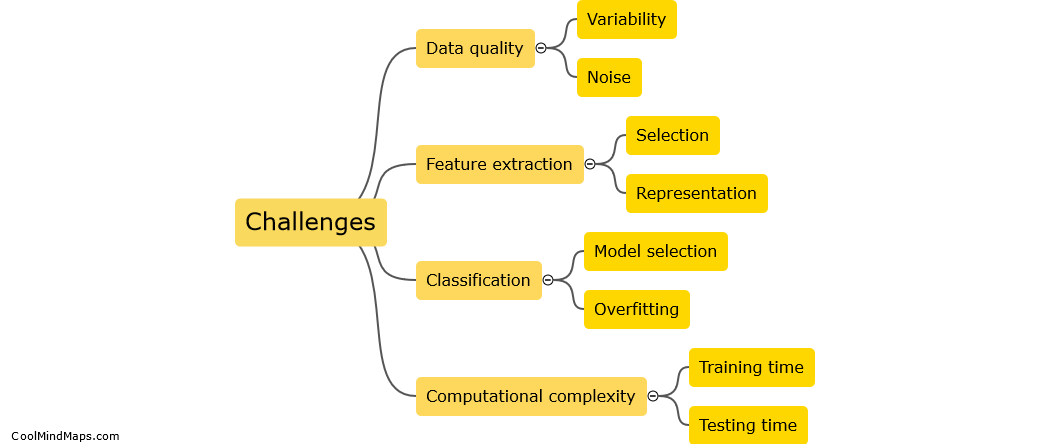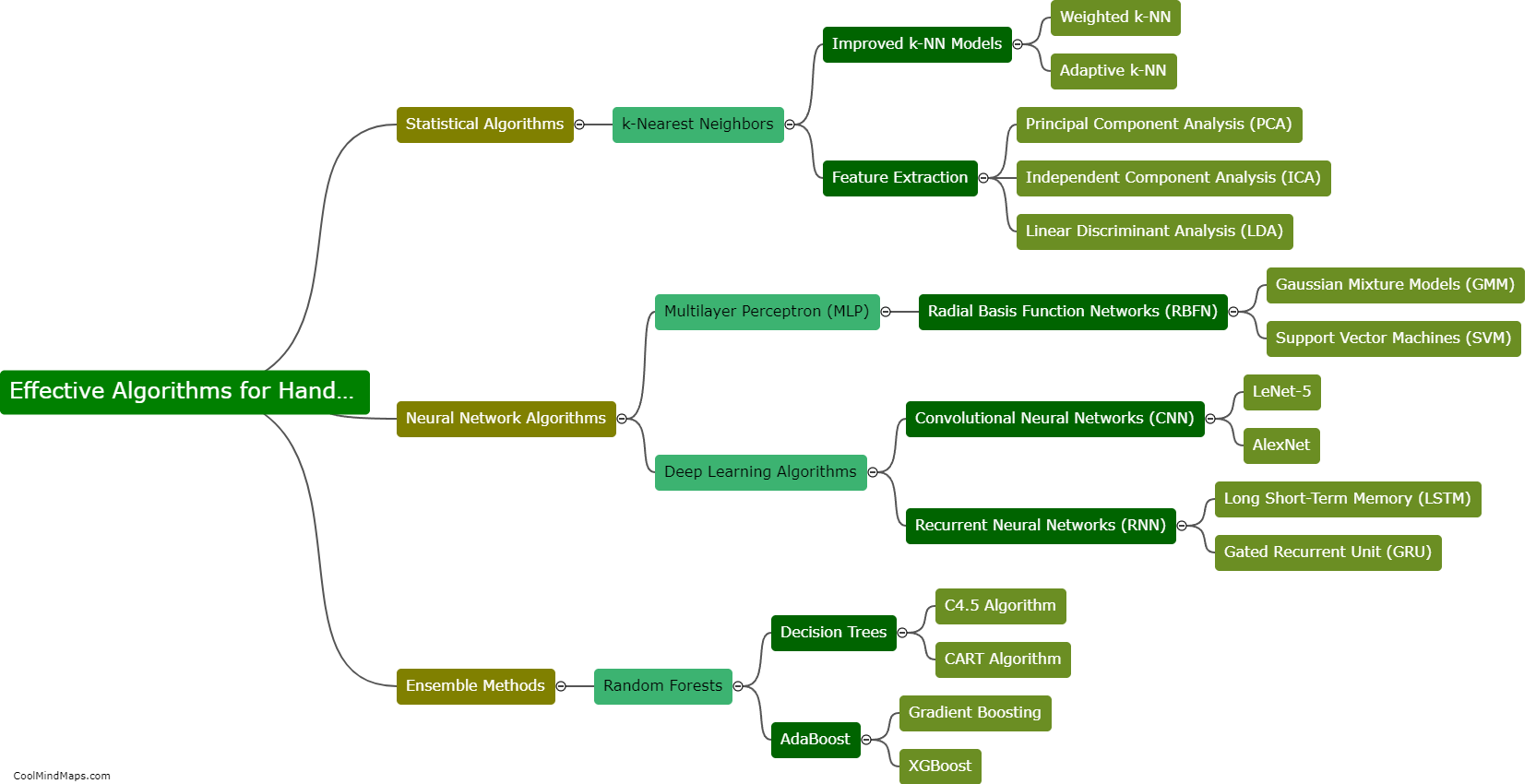How does handwritten digit recognition work?
Handwritten digit recognition refers to the process of identifying and interpreting handwritten digits, such as numbers from 0 to 9, using computer algorithms. This advanced technology utilizes machine learning algorithms and neural networks to understand and classify handwritten digits accurately. The process involves several steps, starting with collecting a dataset of handwritten digits and their corresponding labels. The dataset is then divided into training and testing sets. The training set is used to train a model by extracting relevant features from the images, such as pixel intensities. These features are then fed into a neural network, which learns to recognize patterns and classify the digits. The model is trained by iteratively adjusting the weights and biases until it can accurately classify the handwritten digits. Finally, the trained model is tested using the testing set to evaluate its performance, ensuring accurate recognition of handwritten digits in real-world scenarios.
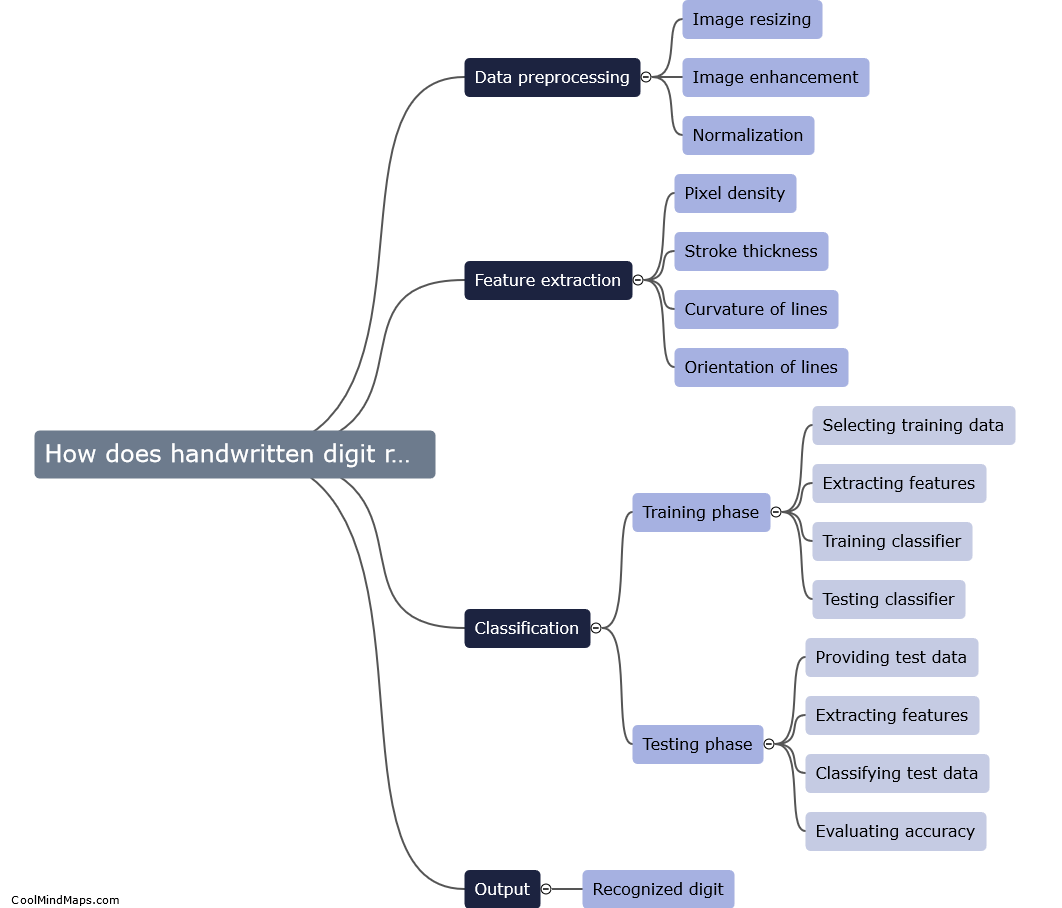
This mind map was published on 20 August 2023 and has been viewed 101 times.
